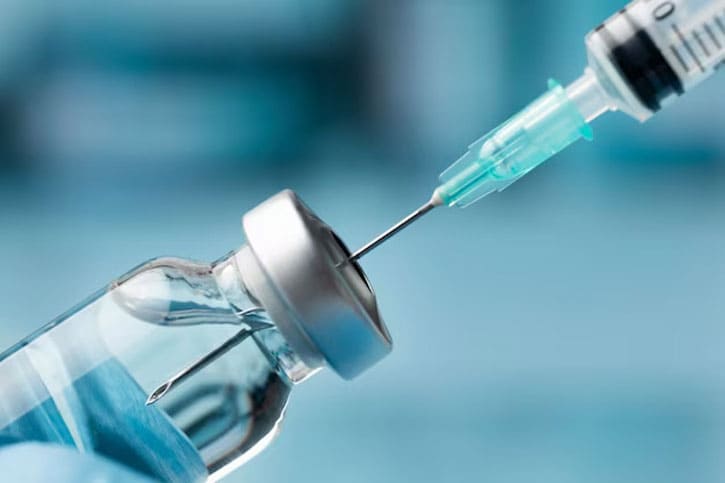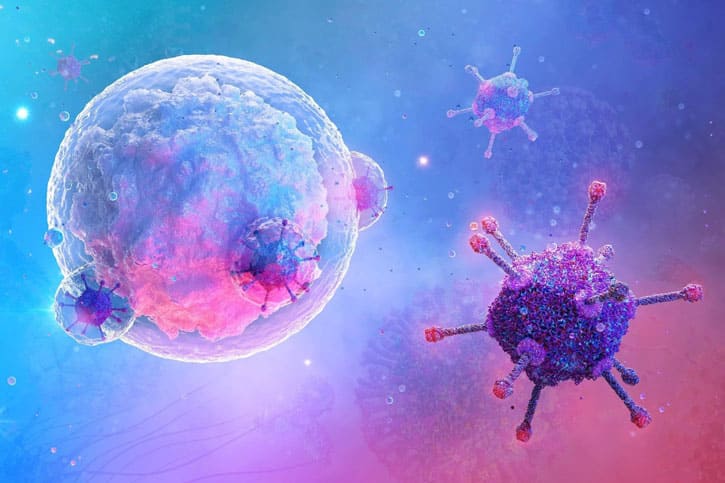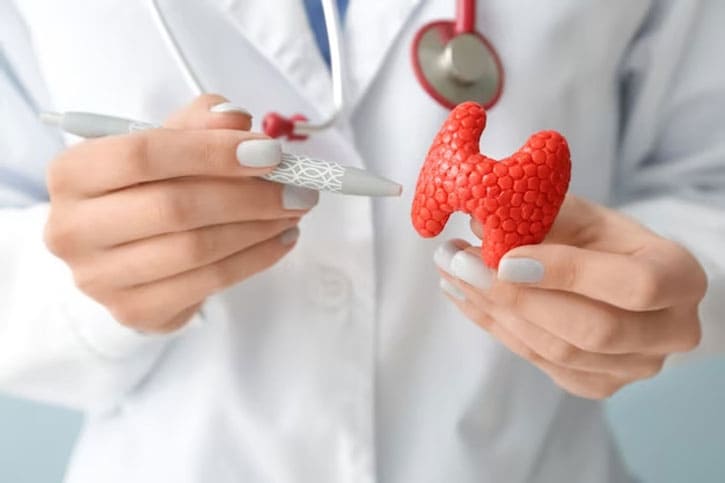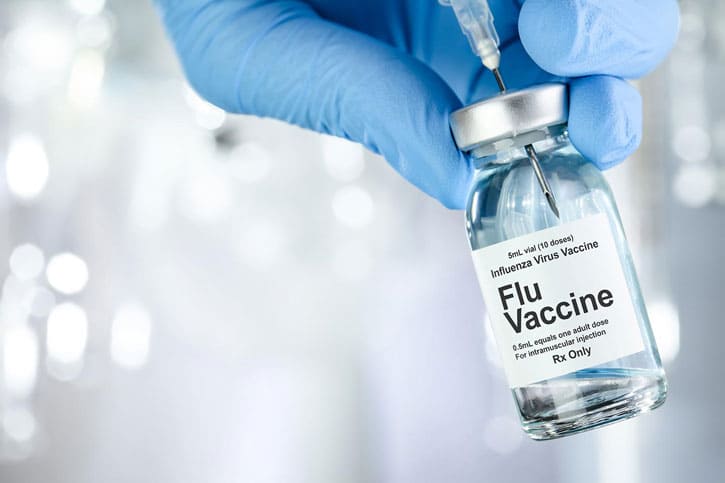Overview of STIs
Sexual contact, including vaginal, anal, and oral sex, is known to transmit more than 30 different germs, viruses, and parasites. During pregnancy, delivery, and nursing, several STIs can be passed from mother to child. The majority of STIs are caused by eight microorganisms. Syphilis, gonorrhoea, chlamydia, and trichomoniasis are presently treatable. The other four incurable viral infections are hepatitis B, herpes simplex virus (HSV), HIV, and human papillomavirus (HPV).
Furthermore, novel illnesses that may be acquired through sexual contact, such as monkeypox, Shigella sonnei, Neisseria meningitidis, Ebola, and Zika, are appearing, as are re-emergences of neglected STIs, such as lymphogranuloma venereum. These represent new problems in providing appropriate care for STI prevention and control.
Prevention Strategies
Condoms are one of the most effective means of STI prevention, including HIV, when used appropriately and regularly. Despite their efficiency, condoms do not provide protection against STIs that cause extra-genital ulcers (for example, syphilis or genital herpes). Condoms should be used in all vaginal and anal intercourse whenever feasible.
Vaccinations and Treatments
There are vaccinations available that are both safe and effective against two viral STIs: hepatitis B and HPV. These vaccinations have shown significant advancements in STI prevention. By the end of 2020, the HPV vaccination will have been included in routine immunisation regimens in 111 nations, the majority of which are high- and middle-income countries. To eradicate cervical cancer as a worldwide public health issue, high coverage objectives for the HPV vaccine, screening and treatment of precancerous lesions, and cancer care must be met by 2030.
Vaccine research for genital herpes and HIV is well underway, with numerous vaccine candidates in early clinical trials. There is emerging evidence that the meningitis vaccination (MenB) gives some cross-protection against gonorrhoea. There is a need for more research into vaccines for chlamydia, gonorrhoea, syphilis, and trichomoniasis.
Adult voluntary medical male circumcision, microbicides, and partner therapy are further biological therapies used to prevent various STIs. There are ongoing trials to assess the benefit of STI pre- and post-exposure prophylaxis and its possible safety in the context of antimicrobial resistance (AMR).
Despite significant attempts to uncover simple treatments that might minimise dangerous sexual conduct, behavioural transformation remains a difficult task.
Challenges and Barriers
Information, education, and counselling can help people recognise the signs of STIs, raise their chance of seeking care, and urge their sexual partners to do the same. Unfortunately, a lack of public knowledge, a lack of training among health professionals, and a long-standing, pervasive stigma around STIs continue to be impediments to broader and more effective use of these therapies.
People seeking STI screening and treatment confront several challenges. These include a lack of resources, stigma, poor treatment quality, and frequent out-of-pocket payments.
Some of the most vulnerable populations for STIs, such as sex workers, men who have sex with men, persons who inject drugs, prison prisoners, migratory populations, and teenagers in HIV-endemic countries, frequently lack access to competent and welcoming health care.If necessary, they can also request a blood or urine test to confirm a diagnosis, as well as a tissue "culture test" to identify bacteria or viruses. A biopsy of the afflicted tissue is occasionally necessary.
STI services are frequently neglected and underfunded in many situations. These issues exacerbate difficulty in delivering testing for asymptomatic illnesses, a lack of skilled people, limited laboratory capacity, and an insufficient supply of relevant treatments.
Government Initiatives
As part of the prevention and awareness of STIs, governments should:
- Develop targets, norms, and standards for STI prevention, testing, and treatment.
- Aid in the estimation and economic burden of STIs, as well as the strengthening of STI surveillance.
- Monitor AMR for gonorrhoea and lead the development of the STI research agenda, including the development of diagnostic tests, vaccines, and additional drugs for gonorrhoea and syphilis.
- Establish a welcoming atmosphere for people to discuss STIs, adopt safer sexual practices, and seek treatment; produce national strategic plans and recommendations.
- Increase primary prevention (condom availability and use, for example).
- Strengthen STI service integration within primary healthcare services.
- Boost the accessibility of people-centred, quality STI treatment.
- Encourage the adoption of point-of-care testing.
- Improve and scale-up health interventions with a high effect, such as hepatitis B and HPV vaccination and syphilis screening in high-risk groups.
- Build the ability to monitor STI trends.
Several STIs now have effective treatment options.
- Three bacterial STIs (chlamydia, gonorrhoea, and syphilis) and one parasitic STI (trichomoniasis) are typically treatable using current single-dose antibiotic regimens.
- The most effective treatments for herpes and HIV are antivirals, which can alter the course of the illness but cannot cure it.
- Antivirals can assist persons with hepatitis B fight the illness and decrease liver damage.








